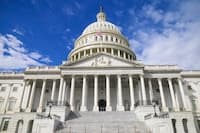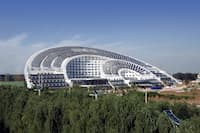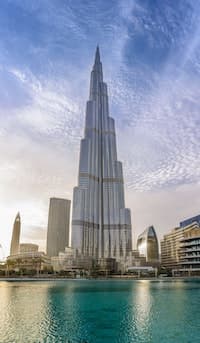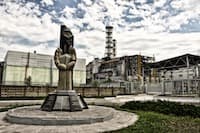Famous Buildings Around The World Utilizing Solar Energy


Alternate energy is a sustainable source of energy that is being utilized all over the world. The environmental impact of climate change and air pollution has resulted in an influx of inventions and innovations in architecture, and many historic sites across every continent are utilizing solar panels and solar energy in order to reduce energy consumption. Here is a look at landmarks all around the world that use solar energy to power alternate energy.

Solar panels were first installed at the White House in 1979, during Jimmy Carter’s presidency. However, the panels were removed by President Ronald Reagan in 1986 when renovations were made to the roof of the White House.
It wasn’t until 2003 when the White House started to utilize solar energy again. Under President George W. Bush, a solar panel and two solar powered water heaters were installed on White House grounds.
The utilization of solar energy at the White House was greatly increased in 2014 when President Obama announced the completion of installing solar panels atop the White House.

Built in 1889, the Eiffel Tower is one of the world’s most recognizable structures. The building welcomed visitors at the 1889 World’s Fair, serving as the entrance arch for France’s centennial celebration of the French Revolution.
In 2015, the 1,063 foot-tall structure was renovated as part of the Paris Climate Plan, which included the installation of solar panels in order to save water and energy.

Concerned by the overconsumption of energy and natural resources, Pope Benedict made a commitment to protect the environment.
In 2008, the Vatican went solar, investing over $600 million in efforts to protect the environment and to generate enough solar energy to provide power to all 40,000 households within the city-state.
A new solar energy system with 2,400 panels were installed atop the roof of Nervi Hall, which are used for water, illumination, and air conditioning.

Called the world’s first solar city, Solar Valley is the home of the largest solar powered structure in the world. Located in Dezhou, within the Shandong province of China, is a structure that is specifically designed to represent a sundial: a symbol for clean energy.
To build this solar city, $740,000,000 was funded by solar energy researcher and entrepreneur, Huang Ming, who is also developing humanitarian projects to provide solar energy in emerging nations.

With a total height of 2,722 feet, the Burj Khalifa is the tallest structure in the world, with solar panels affixed atop the roof that can heat up to 140,000 liters of water every seven hours, control water consumption, and to conserve on energy.

Built specifically to host the 2009 World Games, this multi-purpose stadium is considered to be the world’s largest solar powered venue. With a capacity of 55,000, it is also the largest stadium in Taiwan.
The National Stadium generates 100% of its electricity from the 8,844 solar panels on its roof, and the the eco-friendly stadium itself was constructed from recycled materials.

A solar power plant now resides at the site to one of the most catastrophic nuclear disasters in history. In 2018, Ukraine unveiled a solar farm that was built across from the nuclear site where the Chernobyl disaster took place.
The solar power plant, which houses 3,800 solar panels, has the potential to provide renewable energy to 2,000 households. The $1.2 million project provides Chernobyl with its first source of power since 2000.